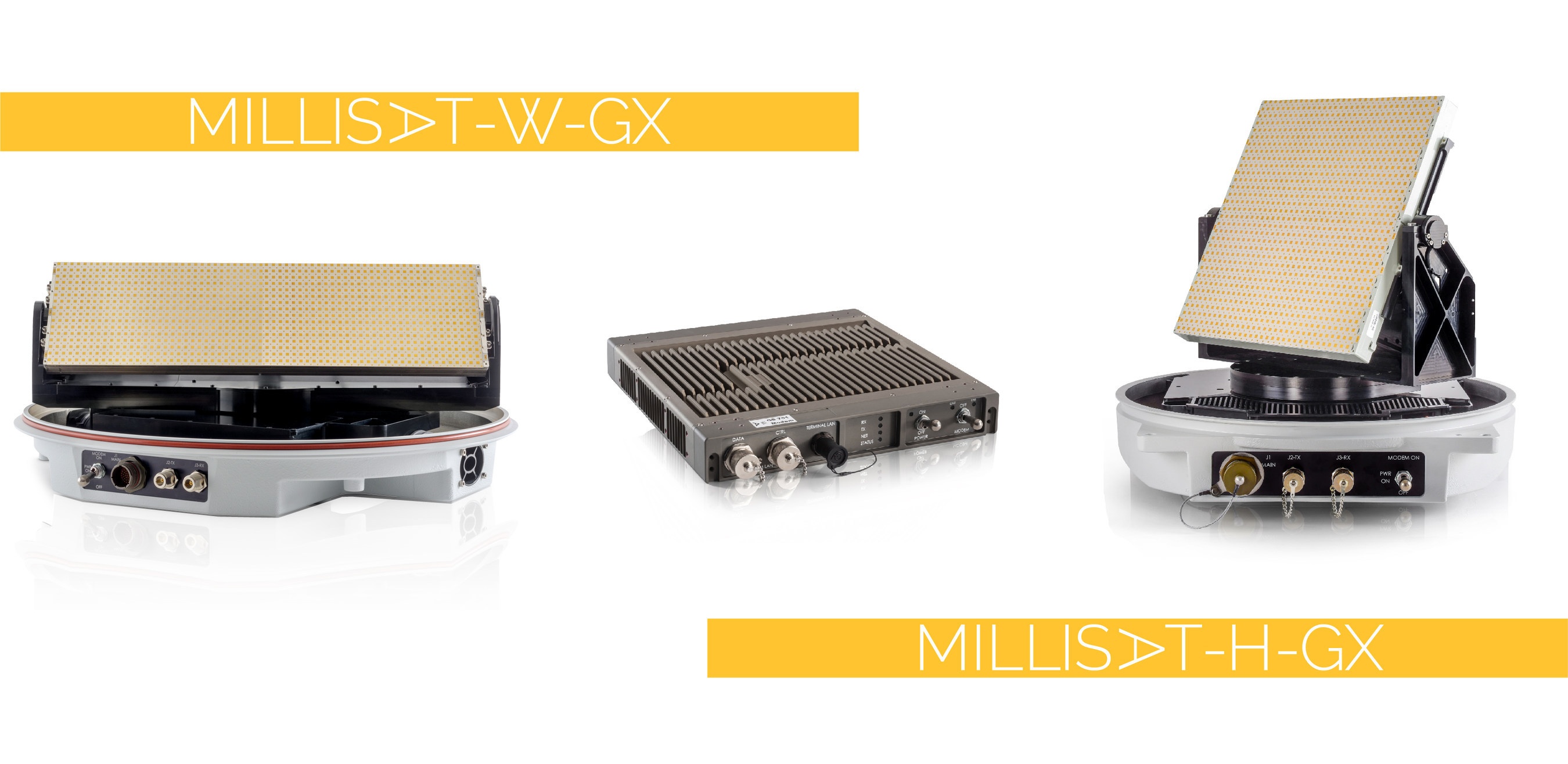How To Keep Your Intellectual Property Secure

The World Intellectual Property Organization (WIPO) recognizes intellectual property (IP) as any creation of the mind. Whether it’s an invention, a symbol, a name, or a work of literature or art, your unique creations should be protected. Learn how to keep your intellectual property secure and safe against potential theft or plagiarism.
Secure Your Notes
When you apply for a patent, you’ll need to provide conclusive and reliable evidence that the idea or invention is yours. Have all your notes in a secure place, like a thoroughly annotated notebook with sewn binding. A simple spiral-bound book is easy to tamper with; avoid potential thieves ripping your pages out by using a specially-designed notebook.
Patent Quickly
Once you’re ready, get a trademark, copyright, or patent on your work as soon as possible. That way, your name will be permanently attached to the work.
- Trademarks are used for any logos or brand names that identify a company as distinct from the rest.
- Copyrights protect artistic expressions like literature, poetry, songs, and artwork.
- Patents are reserved mostly for inventions and processes that are new and not already known to the general public.
Own It Yourself
Be wary of any kind of joint ownership. You want to be sure that you’re the only one who holds the rights to your unique work. That way, you’ve got complete control of how that work is used. If you have a falling-out with the joint owner, it could compromise your IP and allow it to be used in ways you don’t want. You’ll also avoid legal complications down the line if the IP belongs to one individual.
Think Like a Thief
Put yourself in the shoes of somebody who would want to steal your intellectual property. What would be the easiest way for them to do it? Identifying any weak spots in your information security will help you strengthen that security overall.
Shred all papers with sensitive or protected information once you’re finished using them. Keep your contact lists secure and limit the number of people who have access to proprietary information. Have all parties who do know that proprietary information sign nondisclosure agreements.
To keep your intellectual property from falling into the wrong hands, attach your name to it at every opportunity. Keep your intellectual property secure and all proprietary information under a proverbial (or literal) lock and key.





